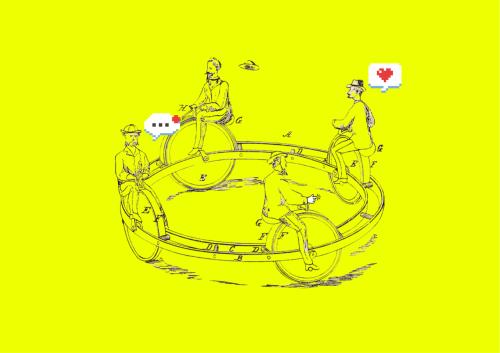This is a summary of research published by Health Economics in October 2025.
Emotions are central to the study of human well-being, yet mainstream economists have only begun to think about the importance of these factors in economic, social, and health behaviors. Hope is likely the most important positive emotion and socio-emotional trait directly relevant to long-term outcomes but is the least studied dimension of well-being. It is distinguished by its strong grounding in individual agency. Hope is not just a belief that things will get better (that is optimism), but the determination to make them better, which reflects agency and determination (grit). The distinction between tragic optimists and hopeful pessimists is another way to think of this.
As a result, of all the well-being dimensions, hope seems to be the most critical to future-oriented behaviors and to long-term outcomes. Hope, like happiness and other aspects of well-being, has a genetic component and is also shaped by environmental factors such as familial and community support, education, and opportunity. Socio-emotional traits—like hope—and skills, unlike cognitive skills which are not malleable after the late twenties and early thirties, can be developed throughout the life-course.
In our recently published article in Health Economics we use a large and nationally representative longitudinal data set from Australia, the HILDA panel, to explore the links between one of the least known dimensions of well-being—hope—and long-term outcomes in a range of areas of life arenas. Hope has agentic properties which are relevant to individuals’ future outcomes. The paper studies 25,000 randomly selected individuals over a period of 14 years (N>115,000). Using both pooled, cross-section data and fixed effects specifications, we find a strong link between high levels of hope and better contemporary and future outcomes in the well-being, economic, health, and social arenas. We also find a persistence of hope within persons, which in turn likely helps drive outcome driven behavior over many years. Hope is associated with higher resilience, ability to adapt, and internal locus of control. Hope also serves as a psychological buffer during bad times: Respondents with high levels of hope were less likely to be affected by negative life events and shocks and adapted more quickly and completely after those events. People with hope also had a higher internal locus of control. Those with high levels of hope had higher levels of well-being, education, earning and employment outcomes, perceived and objective health indicators, and are much less likely to be lonely than those with low levels of hope. Better understanding the determinants of hope and its drivers can ultimately inform the ability of both individuals and of public policy to improve people’s lives.
The absence of hope in some population cohorts is also worthy of concern, as those without hope are likely to live lives that are shorter, sicker, and less prosperous. In the most extreme outcomes, such as the crisis of deaths of despair in the United States (premature mortality due to suicide, drug overdoses, and alcohol-related diseases), the loss of hope (e.g., despair) pre-dated the mortality trends and could have served as a warning sign. As such, trends such as the seeming shift in hope from younger to older cohorts in recent years (which show up clearly in our data) should be a wake-up call to health and other policy practitioners of a cohort that is vulnerable to mental illness and other facets of despair.
The Brookings Institution is committed to quality, independence, and impact.
We are supported by a diverse array of funders. In line with our values and policies, each Brookings publication represents the sole views of its author(s).






